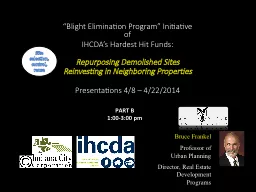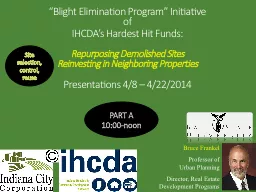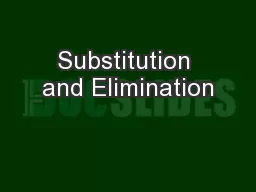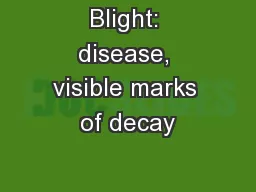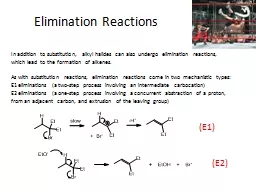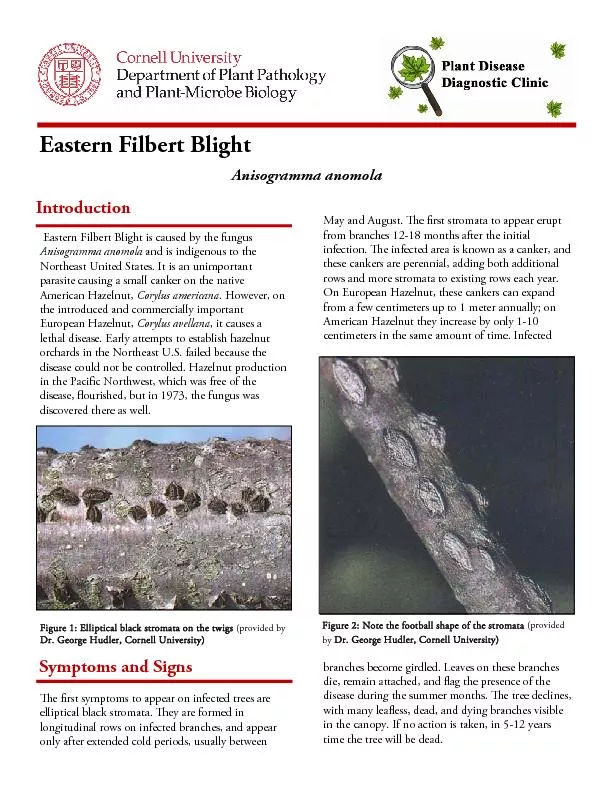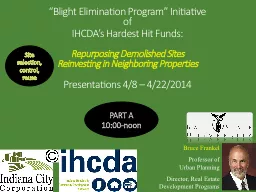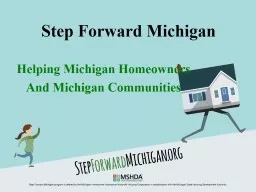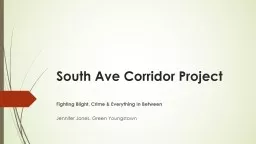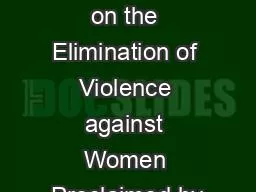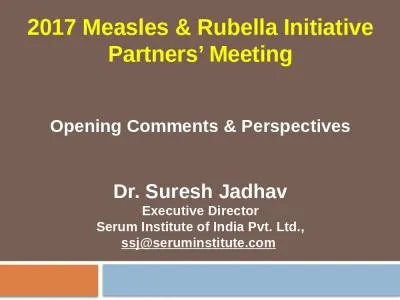PPT-“Blight Elimination Program” Initiative
Author : faustina-dinatale | Published Date : 2018-03-11
of IHCDAs Hardest Hit Funds Repurposing Demolished Sites Reinvesting in Neighboring Properties Presentations 48 4222014 Bruce Frankel Professor of Urban Planning
Presentation Embed Code
Download Presentation
Download Presentation The PPT/PDF document "“Blight Elimination Program” Initiat..." is the property of its rightful owner. Permission is granted to download and print the materials on this website for personal, non-commercial use only, and to display it on your personal computer provided you do not modify the materials and that you retain all copyright notices contained in the materials. By downloading content from our website, you accept the terms of this agreement.
“Blight Elimination Program” Initiative: Transcript
Download Rules Of Document
"“Blight Elimination Program” Initiative"The content belongs to its owner. You may download and print it for personal use, without modification, and keep all copyright notices. By downloading, you agree to these terms.
Related Documents

